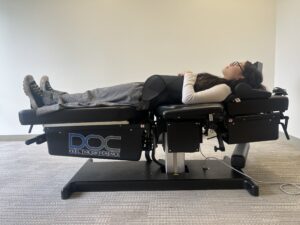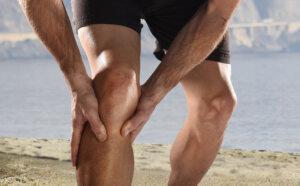A Promising Treatment for Athletes, in Blood
Two of the Pittsburgh Steelers’ biggest stars, Hines Ward and Troy Polamalu, used their own blood in an innovative injury treatment before winning the Super Bowl. At least one major league pitcher, about 20 professional soccer players and perhaps hundreds of recreational athletes have also undergone the procedure, commonly called platelet-rich plasma therapy (PRP therapy).
Experts in sports medicine say that if the technique’s early promise is fulfilled, it could eventually improve the treatment of stubborn injuries like tennis elbow and knee tendinitis for athletes of all types.
The method, which is strikingly straightforward and easy to perform, centers on injecting portions of a patient’s blood directly into the injured area, which catalyzes the body’s instincts to repair muscle, bone, and other tissue. Most enticing, many doctors said, is that the technique appears to help regenerate ligament and tendon fibers, which could shorten rehabilitation time and possibly obviate surgery.
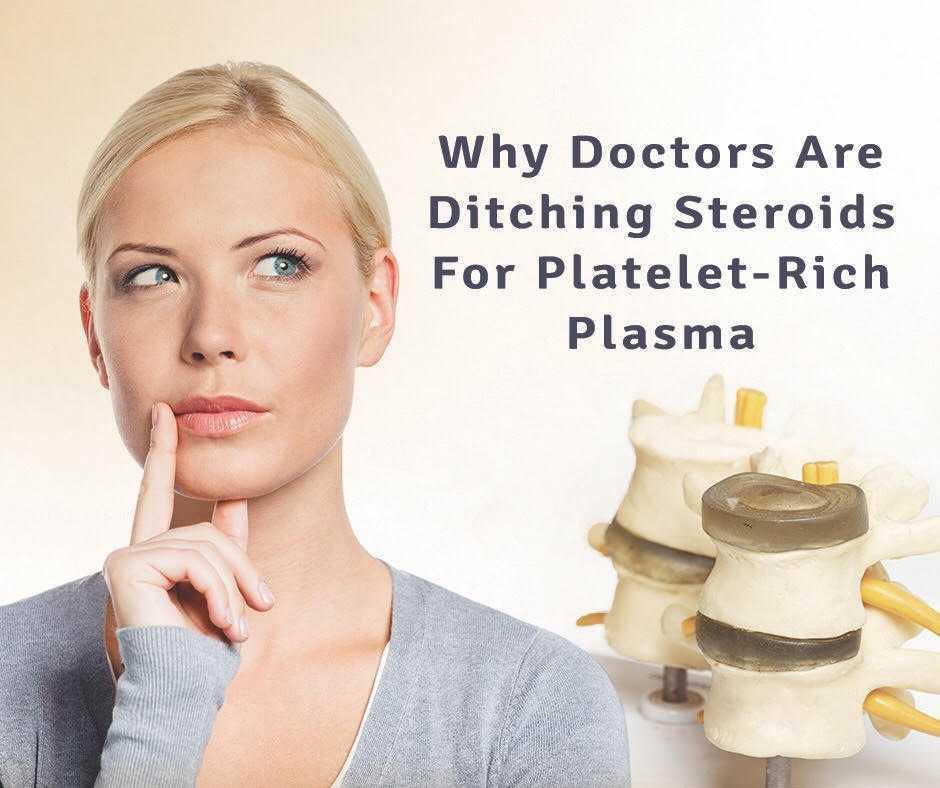
Research into the effects of platelet-rich plasma therapy has accelerated in recent months, with most doctors cautioning that more rigorous studies are necessary before the therapy can emerge as scientifically proven. But many researchers suspect that the procedure could become an increasingly attractive course of treatment for reasons medical and financial.
“It’s a better option for problems that don’t have a great solution — it’s nonsurgical and uses the body’s own cells to help it heal,” said Dr. Allan Mishra, an assistant professor of orthopedics at Stanford University Medical Center and one of the primary researchers in the field. “I think it’s fair to say that platelet-rich plasma has the potential to revolutionize not just sports medicine but all of orthopedics. It needs a lot more study, but we are obligated to pursue this.”
Dr. Neal ElAttrache, the Los Angeles Dodgers’ team physician, used platelet-rich plasma therapy (PRP therapy) in July on a partially torn ulnar collateral ligament in the throwing elbow of pitcher Takashi Saito. Surgery would have ended Mr. Saito’s season and shelved him for about 10 to 14 months; he instead returned to pitch in the September pennant race without pain.
Dr. ElAttrache said he could not be certain that the procedure caused the pitcher’s recovery — about 25 percent of such cases heal on their own, he said — but it was another encouraging sign for the nascent technique, which doctors in the field said could help not just injuries to professional athletes but the tendinitis and similar ailments found in the general population.
“For the last several decades, we’ve been working on the mechanical effects of healing — the strongest suture constructs, can we put strong anchors in?” Dr. ElAttrache said. “But we’ve never been able to modulate the biology of healing. This is addressing that issue. It deserves a lot more study before we can say that it works with proper definitiveness. The word I would use is promising.”
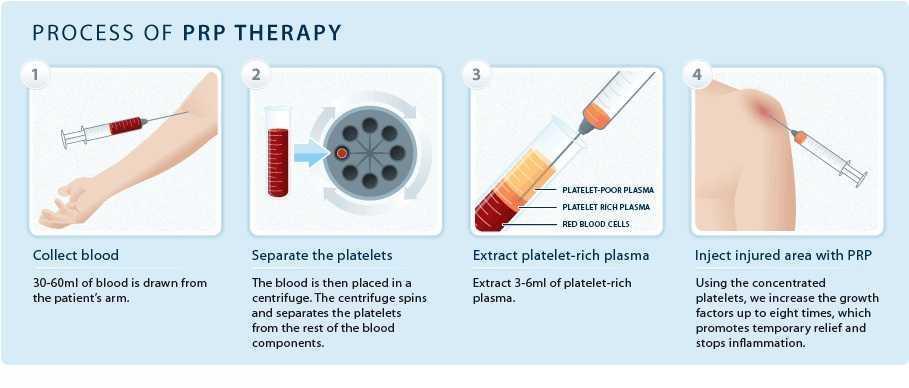
Platelet-rich plasma is derived by placing a small amount of the patient’s blood in a filtration system or centrifuge that rotates at high speed, separating red blood cells from the platelets that release proteins and other particles involved in the body’s self-healing process, doctors said. A teaspoon or two of the remaining substance is then injected into the damaged area. The high concentration of platelets-from 3 to 10 times that of normal blood-often catalyzes the growth of new soft-tissue or bone cells. Because the substance is injected where blood would rarely go otherwise, it can deliver the healing instincts of platelets without triggering the clotting response for which platelets are typically known.
Stimulate Wound Healing in Areas That are not Well-Vascularized, Like Ligaments and Tendons
“This could be a method to stimulate wound healing in areas that are not well-vascularized, like ligaments and tendons,” said Dr. Gerjo van Osch, a researcher in the department of orthopedics at Erasmus University Medical Center in the Netherlands. “I call it a growth-factor cocktail — that’s how I explain it.”
Dr. van Osch and several other experts said they had used the procedure as a first option before surgery for reasons beyond its early results. There is little chance for rejection or allergic reaction because the substance is autologous, meaning it comes from the patient’s own body; the injection carries far less chance for infection than an incision and leaves no scar, and it takes only about 20 minutes, with a considerably shorter recovery time than after surgery.
Because of those apparent benefits, the consensus among doctors is that the procedure is worth pursuing. However, several doctors emphasized that platelet-rich plasma therapy (PRP therapy) as it stands now appeared ineffective in about 20 to 40 percent of cases, depending on the injury. But they added that because the procedure costs about $2,000 — compared with $10,000 to $15,000 for surgery — they expected that with more refinement, insurance companies would eventually not only authorize the use of PRP therapy but even require it as a first course of treatment.
Dr. Mishra said that he was particularly encouraged by PRP therapy’s effectiveness on chronic elbow tendinitis or tennis elbow. For a 2006 study published by The American Journal of Sports Medicine, he used the treatment on 15 of 20 patients who were considering surgery; the five others received only anesthetic. Two months later, the patients receiving PRP therapy noted a 60 percent improvement in pain measurements, compared with 16 percent for the control group.
Dr. van Osch is performing a double-blind, randomized study on 54 patients with Achilles’ tendon injuries, while doctors in the United States, India, Sweden and elsewhere are performing formal trials on PRP therapy’s performance with rotator-cuff shoulder strains, partial knee-ligament tears and bone fractures. Studies also are examining PRP therapy’s possible use in conjunction with surgery, which a group in Spain used on Achilles’ tendon ruptures and found recovery time reduced.
“The guy who plays softball on weekends, the woman who runs a 5k race every now and then, they suffer very common injuries,” said Samir Mehta, the chief of the orthopedic trauma service at the Hospital of the University of Pennsylvania who has performed PRP therapy on nine patients. “It’s for those people that we hope that this therapy’s uses can be more apparent.”
Dr. Jake Wardwell of San Francisco Institute of Integrative and Regenerative Medicine takes the practice a step further by using ultrasound guidance to treat the system in which the injury takes place as well as the injury (biotensegrity). He is also an Interventional Regenerative Orthopedic Medicine certified.
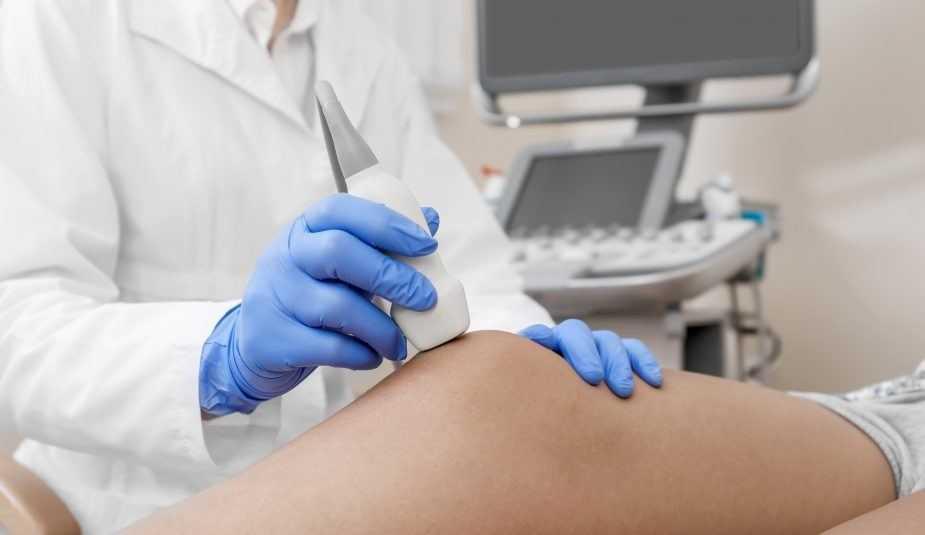
The possibilities of platelet-rich plasma are certainly apparent to the Steelers. Mr. Polamalu, an All-Pro safety, had the procedure for a strained calf after a playoff game and, although the injury was not considered particularly serious, he returned healthy enough the next Sunday against the Baltimore Ravens to return an interception 40 yards for a touchdown.
The technique played its most glaring role with Mr. Ward, a receiver who left that Baltimore game in the first quarter with a sprain of the medial collateral ligament in his right knee. The next day, he was injected with a form of PRP therapy called autologous conditioned plasma, which features different proportions of platelets and other cells. Along with strenuous rehabilitation and hyperbaric oxygen therapy, Ward recovered enough to make two catches in the Super Bowl, in which the Steelers beat the Arizona Cardinals.
“I was next in line, the next guinea pig,” Mr. Ward said, referring to Mr. Polamalu’s experience with platelet-rich plasma. “I think it really helped me. The injury that I had was a severe injury, maybe a four- or six-week injury. In order for me to go out there and play in two weeks, I don’t think anyone with a grade-2 M.C.L. sprain gets back that fast.”
Professional sports teams have great financial incentive to pursue decreasing athletes’ rehabilitation even one week. Last year, Major League Baseball’s 30 teams had 519 players spend 28,602 days on the disabled list — representing $455 million in total salary sitting idle — according to data compiled by Baseball Prospectus.
“Let’s say a soccer player is out six weeks — if you can cut a week or two off, that equates to two, three, four games,” said Dr. Michael Gerhardt, the team physician for Major League Soccer’s Chivas USA and Los Angeles Galaxy clubs. He said that he had administered PRP therapy to about 20 players with medial collateral ligament injuries and had found an average decrease in recovery time of 25-30 percent.
But most doctors said that if platelet-rich plasma was scientifically proven to be safe and effective, its largest effects would be on the amateur, weekend-warrior athletes for whom sports was recreation and healthy lifestyle. Stanford’s Dr. Mishra said: “It’s not just the professional athlete who needs to get back to their game. Everyone wants to get back to what they do for play or for work.”
Written by Alan Swartz in the New York Times 02/17/2009
To get to the root cause of pain and discomfort, schedule an initial consultation, including a comprehensive evaluation and first treatment.

